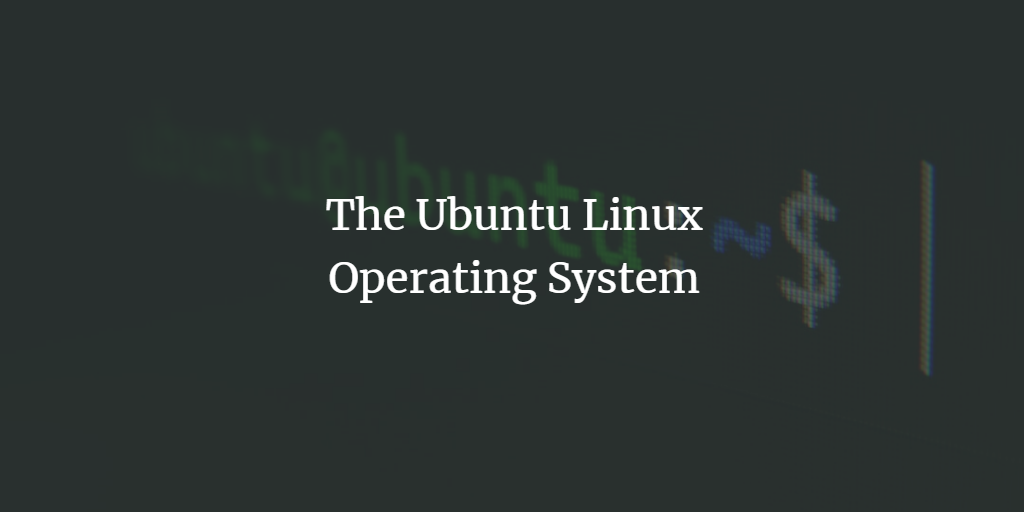Install CubeCart on Debian Linux
In this guide, you’ll learn how to install and configure the latest version of the CubeCart e-commerce platform on Debian to create a free online store. CubeCart is a free, open-source, powerful, and easy-to-setup e-commerce platform for online stores written mainly in the PHP programming language that can be used on Linux on Apache/Nginx web … Read more




